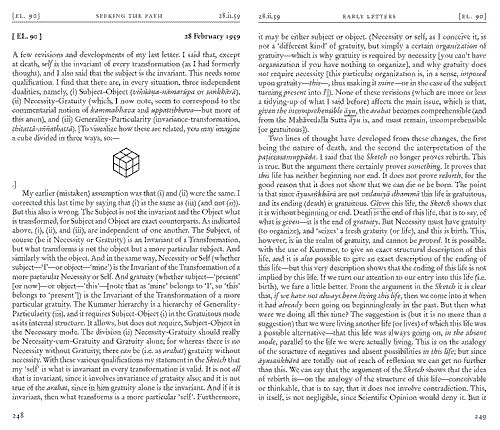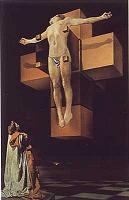|
… The commissioner is in fact not in search of a path, but rather of traces of the past (more literally the Hungarian title means ‘trace seeker’). His first shock comes at his realization that the site of his sufferings has been converted into a museum, complete with tourists “diligently carrying off the significance of things, crumb by crumb, wearing away a bit of the unspoken importance” (59). He meets not only tourists, however. He also comes across paradoxically “unknown acquaintances who were just as much haunted by a compulsion to revisit,” including a veiled woman who slowly repeats to him the inventory of those she lost: “my father, my younger brother, my fiancé” (79). The commissioner informs her that he has come “to try to redress that injustice” (80). When she asks how, he suddenly finds the words he had sought, “as if he could see them written down: ‘So that I should bear witness to everything I have seen’” (80).
The act of bearing witness, however, proves elusive. In the museum he is compelled to wonder, “What could this collection of junk, so cleverly, indeed all too cleverly disguised as dusty museum material, prove to him, or to anyone else for that matter,” and adds the chilling observation, “Its objects could be brought to life only by being utilized” (71). As he touches the rust-eaten barbed wire fence he thinks, “A person might almost feel in the mood to stop and dutifully muse on this image of decay – were he not aware, of course, that this was precisely the goal; that the play of ephemerality was merely a bait for things” (66). It is this play of ephemerality, the possibility that the past will be consigned to the past, against which the commissioner struggles, yet his struggle is frustrated precisely by the lack of resistance, the indifference of the objects he has come to confront. “What should he cling on to for proof?” he wonders. “What was he to fight with, if they were depriving him of every object of the struggle? Against what was he to try and resist, if nothing was resisting?” (68) He had come with the purpose of “advertis[ing] his superiority, celebrat[ing] the triumph of his existence in front of these mute and powerless things. His groundless disappointment was fed merely by the fact that this festive invitation had received no response. The objects were holding their peace” (109).
In point of fact The Pathseeker makes no specific mention either of the Holocaust or of the concentration camps, yet the admittedly cryptic references to places leave no doubt that this is its subject. Above the gate at the camp the commissioner’s wife reads the phrase, “Jedem das Seine,” to each his due, and one recalls the sign above the entrance to the camp at Buchenwald. Further references to Goethe as well as the Brabag factory, where Kertész himself worked as a prisoner, confirm this. Why this subterfuge on the part of the author? Why a third-person narrative with an unnamed protagonist when so many biographical links tie the author to the story? One cannot help but wonder if Kertész sought specifically to avoid binding his story to particulars in order to maintain the ultimately metaphysical nature of the quest. Like many of Kertész’s works,The Pathseeker is not about the trauma of the Holocaust itself so much as the trauma of survival. The self may survive but the triumph of that survival is chimerical.
Translator Tim Wilkinson made the bold decision, in translating the title of the work, not to resort to the obvious. Rather than simply translate Nyomkereső , an allusion to the Hungarian translation of James Fenimore Cooper’s The Pathfinder , back into English, he preserves an element of the unfamiliar in his title. This tendency marks many of the passages of the English translation, in which Wilkinson has opted to preserve the winding and often frustratingly serpentine nature of many of the sentences of the original instead of rewriting them in sleek, familiar English. . . .
— Thomas Cooper
|














